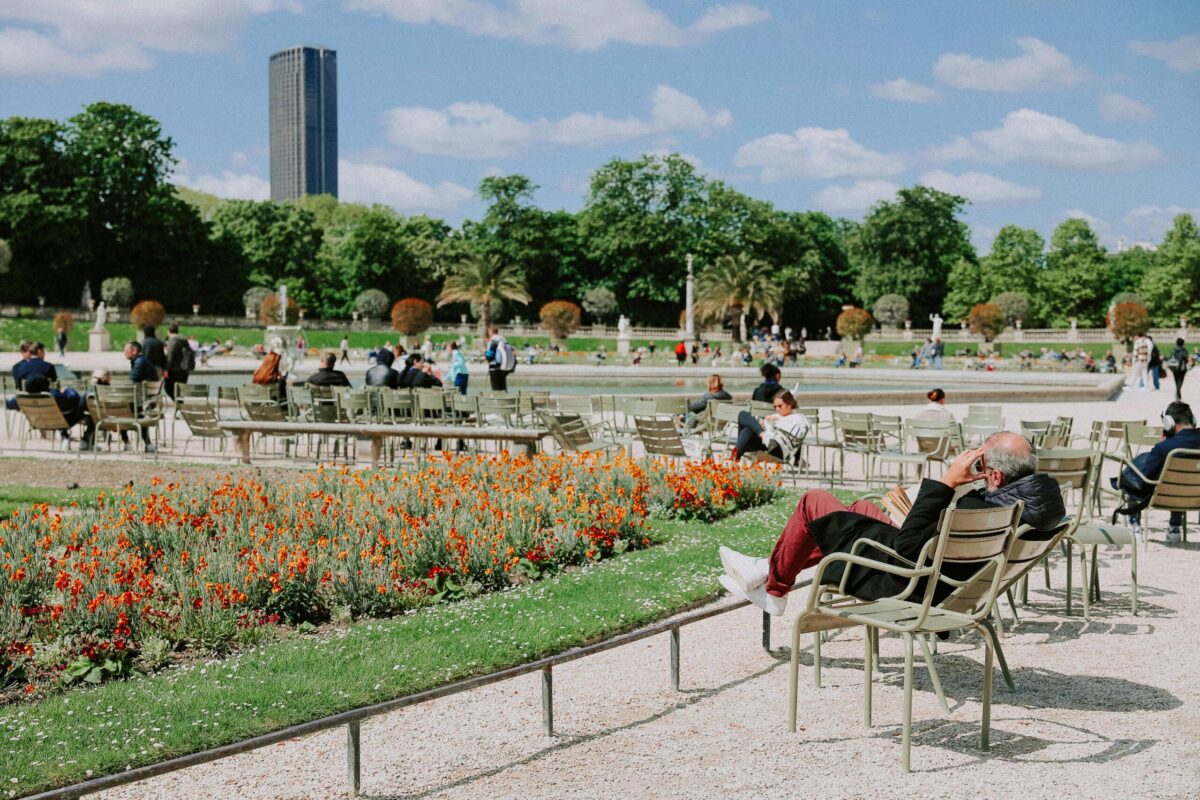Literary City: Paris
Picture yourself strolling down the cobbled streets of Paris, with the Eiffel Tower looming majestically in the distance and the aroma of freshly baked croissants wafting through the air. It’s not just the sights and smells that make Paris enchanting; it’s the words that seem to dance along its boulevards, imbuing the city with a rich literary history that captivates visitors and locals alike.
Paris has long been hailed as a literary mecca, a city where writers, poets, and artists have sought inspiration and refuge for centuries. From the buzzing cafés of Montmartre to the serene banks of the Seine, Paris pulses with creativity, inviting storytellers to weave their tales amidst its iconic landmarks.
One cannot speak of Paris without mentioning the Lost Generation, a group of American expatriate writers who flocked to the city in the 1920s. Ernest Hemingway, F. Scott Fitzgerald, Gertrude Stein, and countless others found solace in the bohemian atmosphere of Parisian cafés like Café de Flore and Les Deux Magots. These literary luminaries shared ideas, indulged in spirited debates, and penned some of their most celebrated works within the city’s embrace. Hemingway immortalized his love affair with Paris in “A Moveable Feast,” a memoir brimming with nostalgia for the city’s bygone days.
Yet, Paris’s literary allure extends far beyond the Lost Generation. Wander through the Latin Quarter, and you’ll stumble upon the hallowed halls of Shakespeare and Company, a legendary English-language bookstore that has served as a sanctuary for writers since the 1920s. Founded by Sylvia Beach, the bookstore became a meeting place for literary giants like James Joyce and T.S. Eliot, shaping the course of modern literature.
Venture further, and you’ll encounter the ghosts of literary giants who once called Paris home. Victor Hugo’s “Les Misérables” vividly brings the streets of Paris to life, while Marcel Proust’s sprawling masterpiece “In Search of Lost Time” offers a nuanced exploration of memory and time within the city’s confines. Today, contemporary authors like Amélie Nothomb and Édouard Louis continue to draw inspiration from Paris’s vibrant tapestry of life.
Paris’s literary legacy isn’t confined to the pages of novels; it permeates the very fabric of the city itself. Take a leisurely stroll along the Seine, and you’ll pass by green bookstalls known as bouquinistes, where antique volumes and modern classics beckon passersby. Open every afternoon, weather permitting, the bookstalls area testament to Paris’s enduring love affair with literature.
Of course, no exploration of Paris as a literary city would be complete without mentioning the iconic literary landmarks that dot its landscape. From the imposing Notre-Dame Cathedral, immortalized in Victor Hugo’s “The Hunchback of Notre-Dame,” to the opulent Palais Garnier, which serves as the setting for Gaston Leroux’s “The Phantom of the Opera,” Paris’s landmarks are as much characters in its stories as the people who inhabit them.
In the end, Paris is more than just a city; it’s a living, breathing work of art, a testament to the enduring power of words to shape our perceptions of the world. So the next time you find yourself wandering the streets of Paris, take a moment to listen to the whispers of its literary past. You may just find yourself swept away by the magic of the City of Light, where every corner holds a story waiting to be told.




